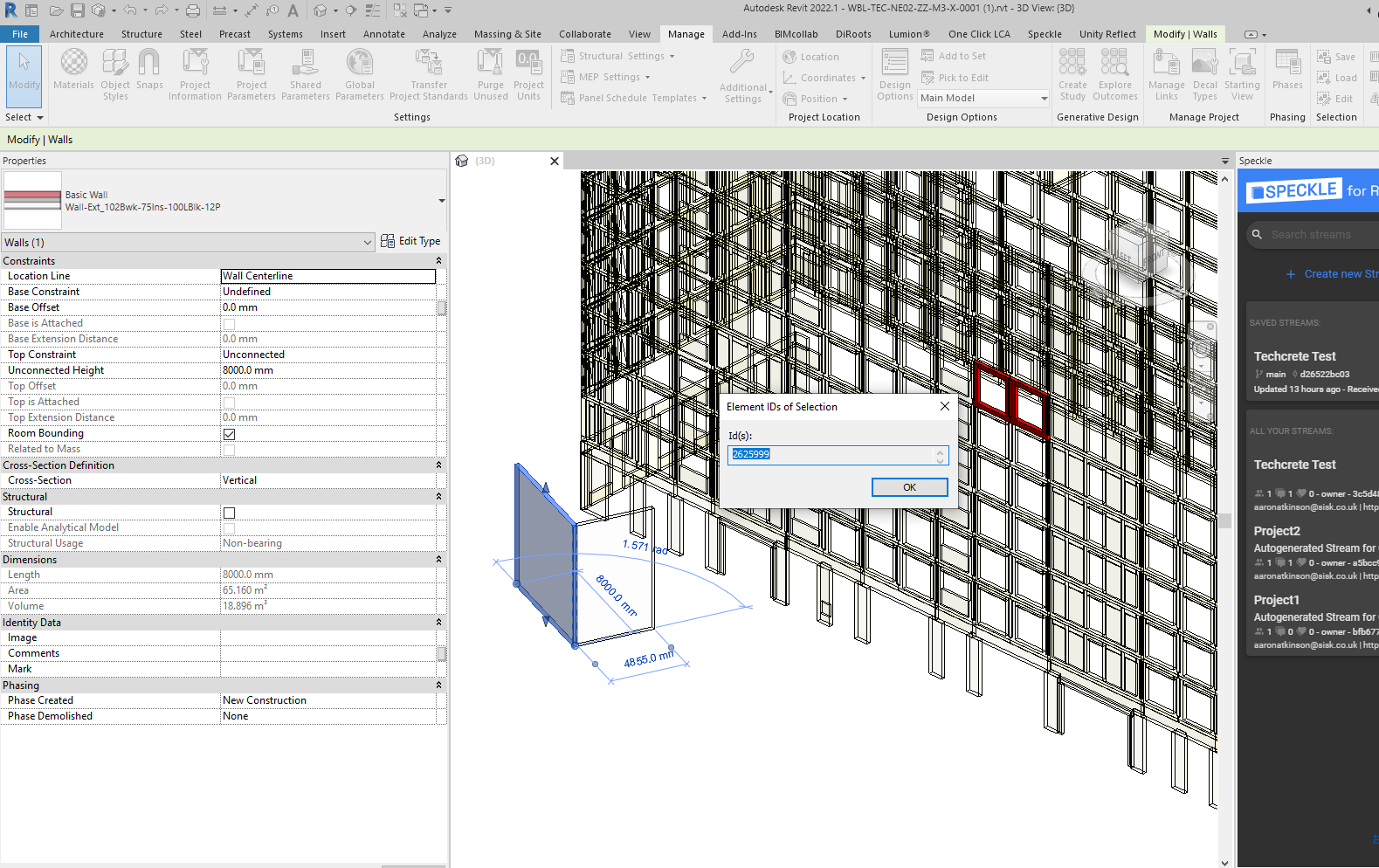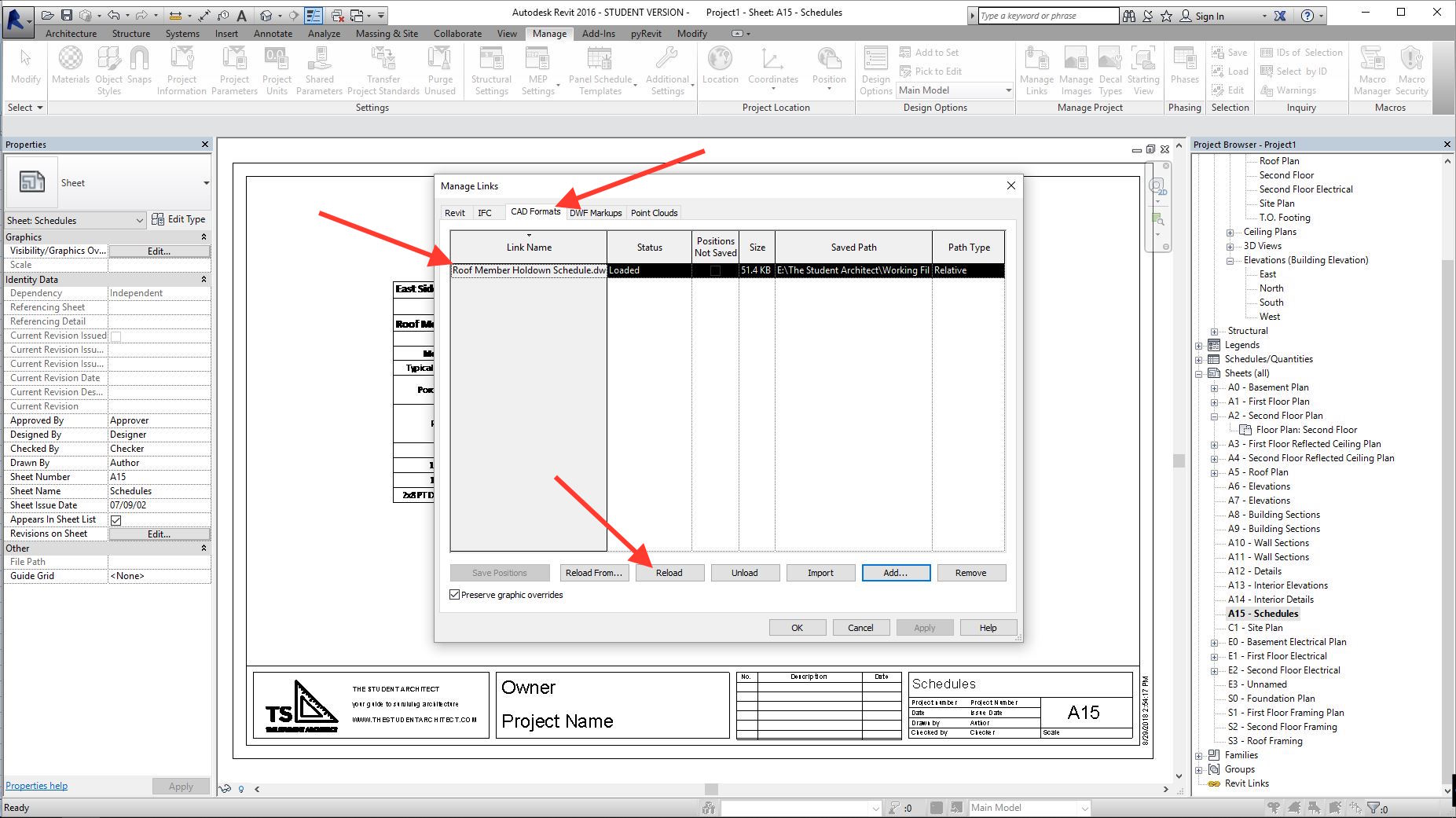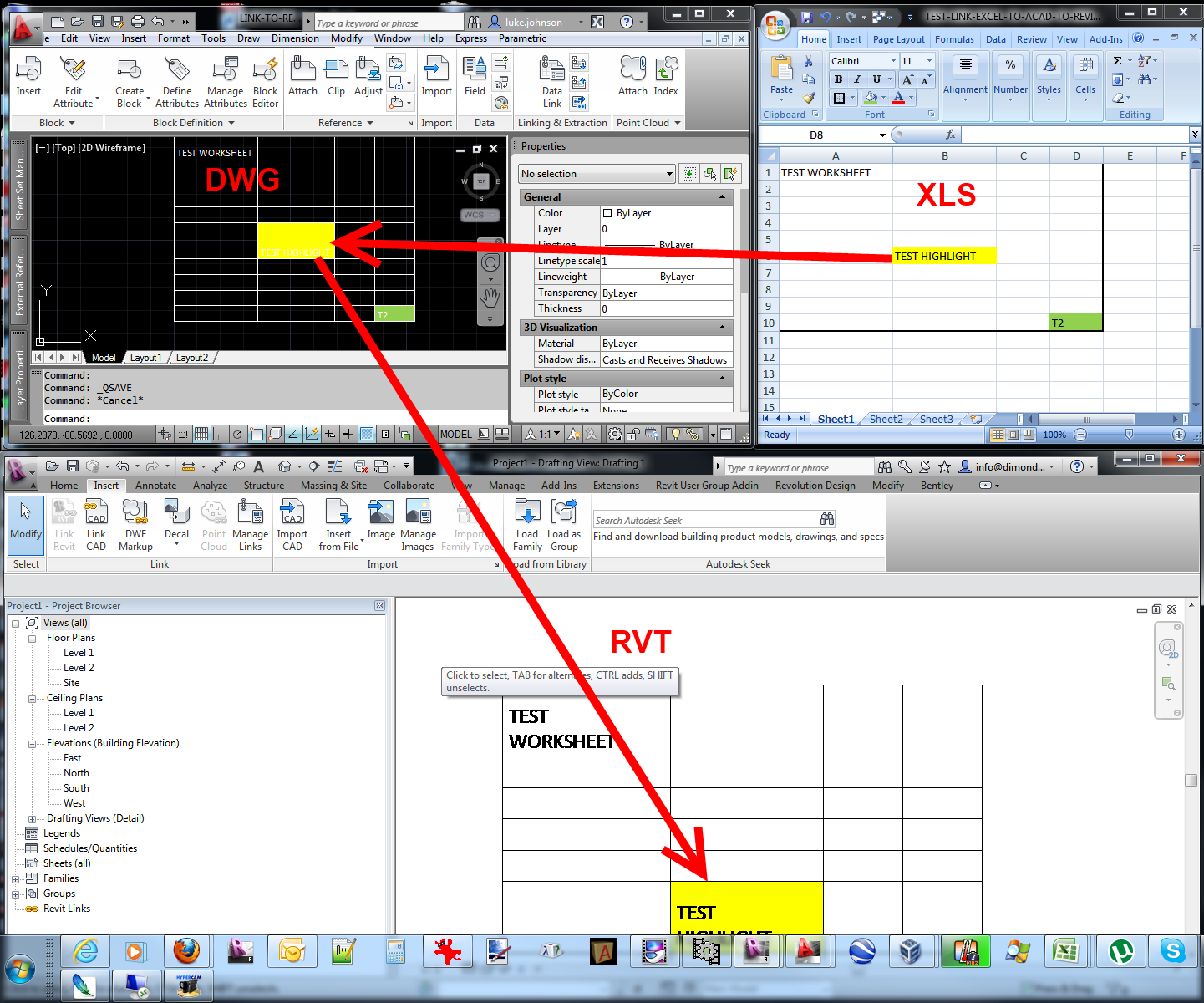Revit Tool to Encourage Your Building Details Modeling
Wiki Article
Excel Empowerment: Supercharge Your Revit Projects With Seamless Data Import
Are you looking to supercharge your Revit projects? With smooth information import, Excel empowerment can be the trick to opening your job's full potential. Picture enhancing the import process and optimizing performance with seamless data assimilation. In this post, we will share suggestions and tricks for making use of Master your Revit jobs. Discover how harnessing the Excel-Revit link can bring about success in your jobs. Get ready to take your Revit tasks to the following level with Excel empowerment.The Power of Master Revit Projects
You can supercharge your Revit jobs by harnessing the power of Excel for smooth data import. Excel is a flexible tool that can considerably enhance your operations and productivity in Revit (revit tools). With Excel, you can easily import and handle huge amounts of information, conserving you effort and timeAmong the key advantages of making use of Excel in Revit is its capability to handle complicated estimations and formulas. You can utilize Excel to execute calculations on your data, such as creating quantities, determining expenses, or analyzing performance. When functioning with large projects that need considerable calculations., this can be especially beneficial.

Additionally, Excel gives a familiar and easy to use interface for dealing with information. You can arrange and manipulate your data in a spread sheet format, making it very easy to view and modify. This can be particularly practical when collaborating with others or when you require to make fast adjustments to your project data.
In addition, Excel allows you to quickly import and export information in between Revit and other software applications. You can import data from external sources into Revit, such as material specifications or equipment schedules, and export data from Revit to Excel for additional analysis or reporting.
Streamlining Data Import With Master Revit
When making use of Excel as a tool,Streamlining data import in Revit becomes less complicated. With Excel, you have the power to perfectly import and manage large quantities of information in your Revit jobs. By utilizing the familiar user interface and capability of Excel, you can conserve time and increase performance in your process.One of the key benefits of utilizing Excel for data import in Revit is the ability to conveniently arrange and control data prior to importing it into your project. With Excel's effective functions, such as sorting, filtering system, and solutions, you can swiftly tidy up and layout your information to satisfy the requirements of your Revit task.
Additionally, Excel allows you to import information from different resources, such as data sources, spreadsheets, and even web-based applications. This flexibility offers you the flexibility to collect information from different systems and combine it right into one main location for very easy gain access to and management.
Furthermore, Excel offers the option to produce personalized layouts for information import in Revit. By producing templates tailored to your task's particular needs, you can guarantee uniformity and accuracy in your information import process.
Total, utilizing Excel as a device for data import in Revit simplifies the process and boosts your efficiency. Why not take benefit of this effective device and supercharge your Revit projects with smooth data import using Excel?
Making Best Use Of Effectiveness With Seamless Information Integration
Make the most of effectiveness by effortlessly integrating and handling data in your workflow. Gone are the days of by hand inputting data into your system, throwing away priceless time and sources. With seamless information assimilation, you can enhance your processes and supercharge your performance.
Handling data comes to be a wind when you have a seamless assimilation system in location. You can quickly arrange and categorize your information, making it easier to fetch and evaluate. Bid farewell to the days of exploring limitless spreadsheets for that a person item of information you require.

Excel Tips and Techniques for Revit Projects
Furthermore, you can utilize Excel to create personalized themes for data import and export. This means, you can make sure consistency and precision when transferring data in between Revit and Excel. In general, understanding these Excel methods and ideas will significantly boost your capability to manage and control data in your Revit jobs.Utilizing the Excel-Revit Link for Success
To maximize your Excel-Revit link, capitalize on the capacity to effortlessly integrate and transfer task information. By using this powerful link, you can supercharge your Revit projects and enhance your workflow. With just a couple of easy actions, you can import data from Excel directly right into Revit, saving you time and making sure accuracy.Among the key advantages of the Excel-Revit connection is the capability to move data effortlessly. Whether you are importing schedules, space information, or perhaps geometry info, Excel gives an easy to use user interface that permits you to organize and control your information prior to importing it into Revit. This indicates you can conveniently update and customize your job details in Excel, and with a few clicks, transfer those modifications straight right into your Revit version.
Along with transferring information, the Excel-Revit link additionally enables synchronization. This implies that any type of adjustments made in Excel can be automatically updated in Revit, guaranteeing that your job details is constantly up to day. This synchronization attribute is specifically useful when taking care of big and intricate revit tool projects, as it eliminates the need for manual data entry and minimizes the danger of mistakes.
Verdict
So there you have it - the power of Master Revit tasks can not be underestimated. By improving data import and optimizing performance with smooth data combination, you can supercharge your projects and achieve success. With the Excel-Revit connection, you have the devices to take your jobs to the next degree and accomplish amazing outcomes. So don't wait any longer, begin harnessing the power of Master your Revit tasks today and unlock a globe of possibilities.You can supercharge your Revit jobs by harnessing the power of Excel for smooth data import. With Excel, you have the power to seamlessly import and take care of big amounts of information in your Revit projects (revit plugins). On the whole, grasping these Excel suggestions and methods will considerably enhance your capacity to handle and adjust data in your Revit tasks
Whether you are importing routines, area data, or also geometry info, Excel gives an easy to use user interface that allows you to arrange and manipulate your information prior to importing it into Revit. By simplifying data import and making best use of efficiency via seamless data assimilation, you can supercharge your projects and accomplish success.
Report this wiki page